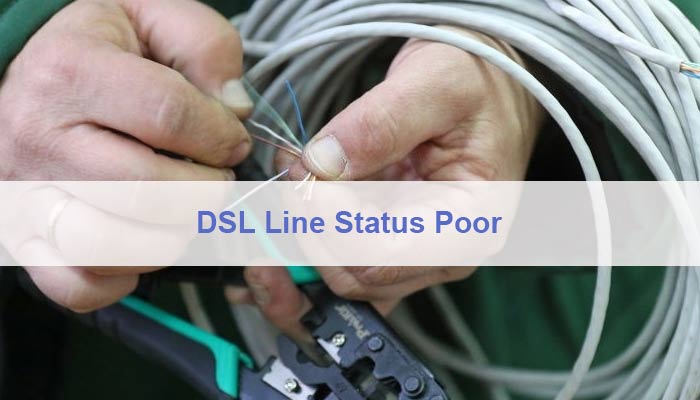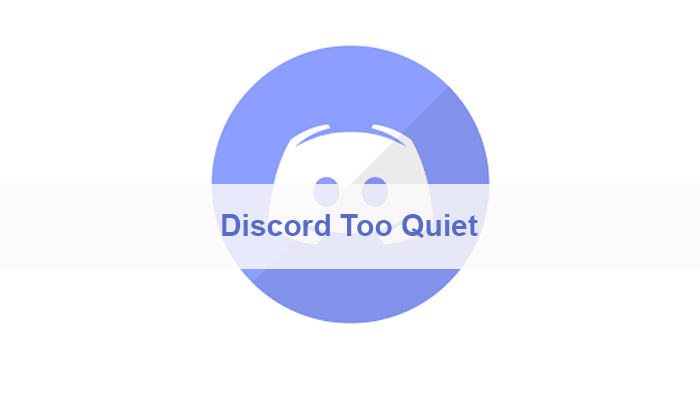The school education system is undergoing a radical transformation. Along with the technologies of presenting material by teachers to students, the timing of lessons will also change, which is not designed for different levels of perception and concentration of attention. It is believed that over time, the traditional accumulation of knowledge in the form of grades will be canceled, and the educational process will be modernized through new, advanced digital solutions and gamification. In this article, we will look at new trends in educational technology.
Here are the main trends highlighted recently.
Changing the Culture of Innovation
Along with the changes in the world, education is also changing. Educational institutions borrow ideas from the business world, turning to the experience of successful startups, and launching some new processes for themselves. Gradually, the paper routine is leaving schools, giving way to electronic means of working with data. Universities have realized that technology can be a catalyst for improving the learning process. But a culture of innovation means more than just embracing new technologies and changing the way we learn. It means understanding that values in the outside world are constantly changing. This means that education must also change in order to meet the expectations of students. Such electronic means create education software development services WeSoftYou.
Expanding Collaboration Between Organizations
The number of contacts and connections between various structures in education is growing, and technology affects this in two ways. First, it becomes impossible not to use technology, and it is often expensive to use it. Therefore, educational institutions begin a dialogue between themselves and manufacturers of educational technologies in order to agree on favorable conditions and influence the final product. Second, schools and universities are starting to share data and content more actively. Lesson notes, methodological recommendations, and recordings of classes are posted on the network. As a result, it is beneficial for everyone: both colleagues and students. Various platforms for school blogs are being developed that unite educational institutions in social networks and allow for the rapid exchange of professional experience.
Project-Based Learning
Allows teachers to provide students with up-to-date information and develop the skills needed in the 21st century, and students to interact with the program in an immersive way.
Code work with your phone, help local entrepreneurs increase environmental sustainability and reduce waste and write and publish your own book, today, active project work is provided for every discipline in a foreign school. For example, in an American college, students for the Engineering Design course manually assemble a working aircraft, where they do everything from rivets to engine cockpit decoration under the guidance of a teacher. After the completion of the project, the aircraft is sold.
Creativity is Everything
It is the ability to see what is not yet there. Since, very soon, most of the routine operations will be automated, a person will increasingly need the ability to think outside the box and create a new product that meets modern requirements. The people of the future are generators of new ideas. Creative, enterprising people with a good imagination, who can work anytime, anywhere, and with everyone, there are no age restrictions for them; they are not afraid of failure, and they are able to apply knowledge and experience in various social and organizational changes. In 2022, according to a survey conducted in the USA, 42% of respondents are satisfied with education in their country.
For modern children, with their wild imagination, and the desire to express themselves in various situations, it is easy to develop creativity with the right approach. But, teachers, first of all, should understand that by developing creativity, they open up a space of freedom and opportunities for gifted children.
Conclusion
Finally, trends in school education do not end there. The technologies of the future today are in the hands of minors. Having used them since childhood, they quickly adapt to them. That is why schools and school educators must respond quickly to the conditions of a dynamic world.








